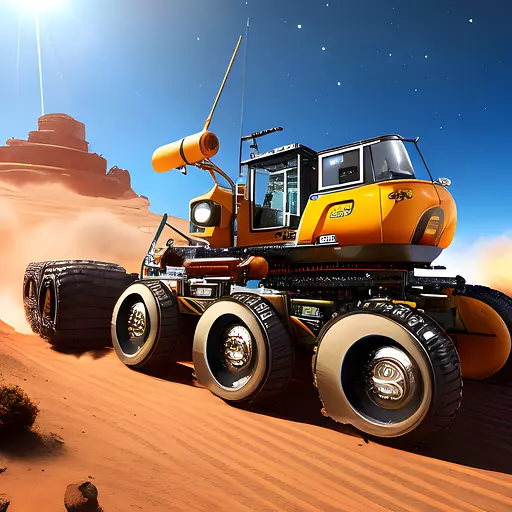Pressure vessels are critical components in many industrial processes, and their safe and reliable operation is essential to ensure the safety of personnel and the environment. Over time, pressure vessels can develop various defects, such as corrosion, cracking, and deformation, which can compromise their safety and performance. Therefore, regular inspection and maintenance of pressure vessels are necessary to detect and address these defects before they lead to catastrophic failure.
Traditionally, pressure vessel inspections have been performed by human inspectors using visual, ultrasonic, radiographic, or magnetic techniques. However, these methods have limitations in terms of accuracy, speed, and access to certain areas. In recent years, robotic inspection technologies have emerged as a promising alternative to human inspection, offering several advantages such as increased efficiency, accuracy, and safety.
One of the most promising robotic inspection technologies for pressure vessels is the rover. A rover is a small, mobile robot that can move around inside a vessel and perform various inspection tasks, such as visual inspection, ultrasonic testing, and magnetic flux leakage testing. Rovers are typically equipped with cameras, sensors, and other instruments that allow them to collect data on the condition of the vessel walls, the thickness of the metal, and the presence of defects.
The scope of rovers in pressure vessel inspection is extensive, and they can be used in a variety of applications, including:
1. Visual inspection: Rovers can be equipped with high-definition cameras that can capture detailed images of the vessel walls, allowing inspectors to detect corrosion, pitting, cracking, and other defects.
2. Ultrasonic testing: Rovers can be equipped with ultrasonic sensors that can measure the thickness of the vessel walls and detect defects such as cracks, delaminations, and voids.
3. Magnetic flux leakage testing: Rovers can be equipped with magnetic sensors that can detect defects such as corrosion, pitting, and cracking by measuring changes in the magnetic field caused by the defects.
4. Surface profiling: Rovers can be equipped with laser scanners or other sensors that can measure the surface profile of the vessel walls, allowing inspectors to detect deformations and other irregularities.
5. Coating inspection: Rovers can be equipped with sensors that can measure the thickness and adhesion of coatings on the vessel walls, allowing inspectors to detect defects such as blistering and delamination.
In addition to their inspection capabilities, rovers also offer several other advantages over traditional inspection methods. For example, rovers can operate in hazardous environments, reducing the risk of injury to human inspectors. Rovers can also operate in confined spaces and hard-to-reach areas, allowing inspectors to inspect areas that would be inaccessible to human inspectors. Finally, rovers can operate continuously for extended periods, allowing for more comprehensive and efficient inspections.
In conclusion, the scope of rovers in pressure vessel inspection is significant and promising. Rovers offer a range of inspection capabilities and advantages over traditional inspection methods, making them an essential tool for maintaining the safety and reliability of pressure vessels in industrial processes. As the technology continues to evolve, we can expect to see even more advanced and sophisticated rovers that can perform even more complex and comprehensive inspections.

Comments
Post a Comment